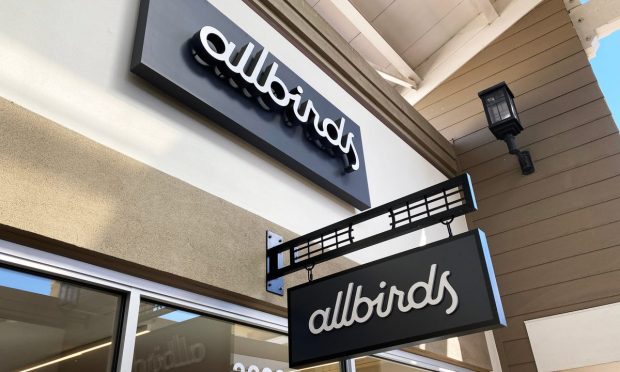Direct-to-Consumer Brands Become Platforms as They Expand Beyond Core Products

When someone mentions “Warby Parker,” the likely first thought is “glasses.” Likewise, when “Allbirds” or “ThirdLove,” the first thought is probably “sneakers” or “bras,” respectively.
But if these and several other direct-to-consumer (D2C) brands manage to pull off some of the plans they’ve outlined in recent months, the single-track word association game may not work as well. Just as many traditional retailers are looking at D2C companies for inspiration, those same companies are looking at how decades-old merchants have grown and thrived by expanding beyond their core.
Related: Retailers Using D2C Playbook for New Store Concepts
Allbirds executives said earlier this week that they envision creating “a global lifestyle brand” centered on sustainability and natural materials. Last year, the company introduced a line of apparel, its first venture outside of footwear, that includes shorts, shirts, sweaters and socks.
“We opted to make shoes first,” Joey Zwillinger, co-founder and co-CEO, told analysts on a conference call Wednesday (Dec. 1). “And now that we have gained consumers’ trust, we believe they will now embrace our material innovations applied to apparel categories.”
Apparel is just under 10% of Allbirds’ business currently, but Tim Brown, co-founder and co-CEO, said the next two to three years have “the most exciting product pipeline in the history of the company,” including new lifestyle and performance product launches as well as new types of material.
“A larger percentage of the sales that will contribute for the next couple of years is going to come from products that don’t exist today and we don’t sell today,” Brown said.
Read more: Allbirds Reports New Stores, Sales Growth After IPO
Warby Parker has similarly laid out a plan to deliver “holistic vision care” to customers beyond the glasses that have made the company famous. Key areas of growth are contact lenses, which typically make up 20% of an optical retailer’s business but are only 5% of Warby Parker’s, and vision testing, which makes up an average of 10-15% of most optical retailers’ business and helps drive the majority of sales, but currently only contributes a small percentage to Warby Parker’s revenue.
“Historically the vast majority of our customers have gone to a non-Warby Parker doctor to get their prescription and then have come to us,” Dave Gilboa, co-founder and co-CEO, told analysts earlier this month. “We’re investing heavily to reduce these friction points to offer a holistic and seamless vision care experience for all of our customers and patients.”
See: Warby Parker Aims to Be Holistic Eye Care Provider, While Walmart Taps Elton John
The reason for these changes is clear: The more a brand offers, the more the customer is able to spend.
“Our approach is to build the business methodically and carefully to increase basket size and help drive repeat purchasing,” Brown said.
Retail Locations
Executives at both Warby Parker and Allbirds have also noted the importance of having a physical presence to allow customers to browse and try on products. For Warby Parker, it also allows patients to receive eye exams and get adjustments to new frames.
This year, Allbirds has opened 13 new stores, bringing its total number of locations to 35 globally. Zwillinger said the plan is to open even more stores in 2022 but did not provide specifics.
“We’re trying to be thoughtful about maintaining what we think is just an exceptional customer experience,” he said, noting that omnichannel repeat customers spend 1.5 times more than digital-only repeat customers and return fewer items.
Steve Sadove, former Saks CEO and senior adviser at Mastercard, told Karen Webster in a recent interview that one of the reasons physical stores have become so important for D2C brands is because of rising customer acquisition costs.
“The D2C brands are moving to the center and opening stores, and the stores are moving to the center by becoming more direct-to-consumer through omnichannel,” Sadove said. “So, everything is saying that you can’t be one without the other.”
Read more: Holiday 2021: Pent-Up Consumer Demand, Test of In-Store Experience For Retailers
